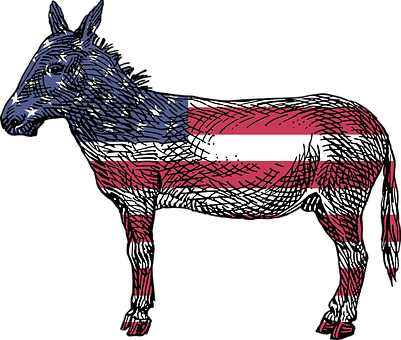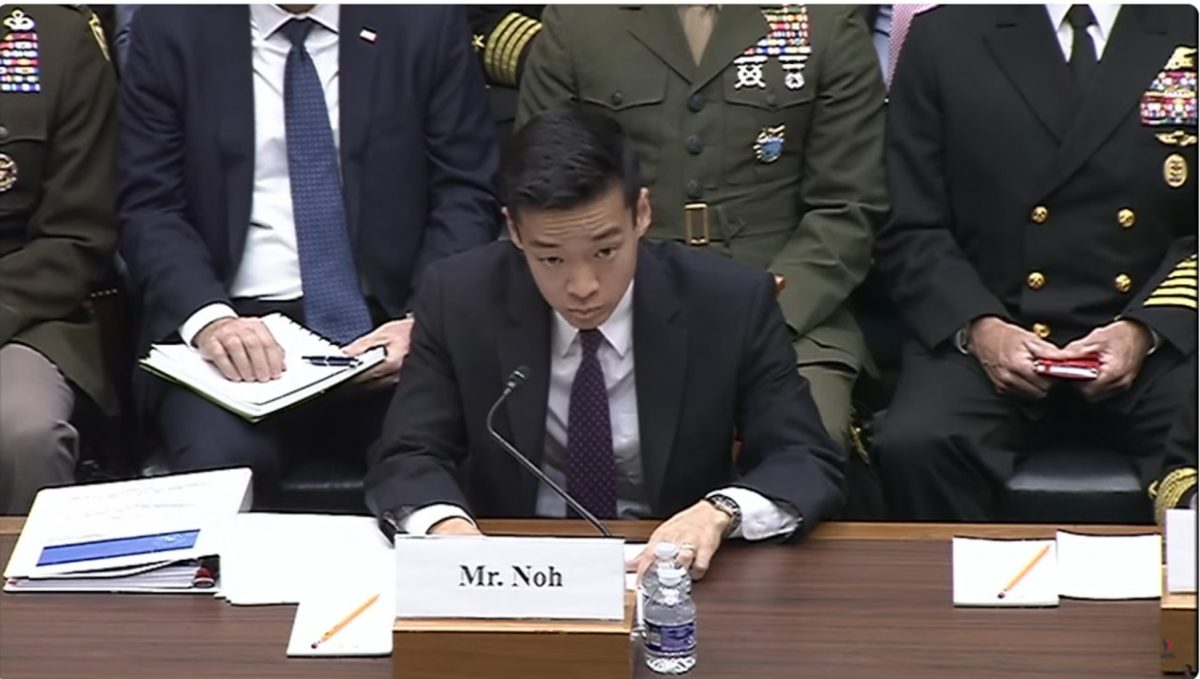Speech by NATO Secretary General Mark Rutte at Chatham House – London, United Kingdom
We will build a better NATO.
One that is stronger, fairer and more lethal.
So that we can continue to keep our people safe, and our adversaries at bay.
Because of Russia, war has returned to Europe.
We also face the threat of terrorism.
And fierce global competition.
Russia has teamed up with China, North Korea and Iran.
They are expanding their militaries and their capabilities.
Putin’s war machine is speeding up – not slowing down.
Russia is reconstituting its forces with Chinese technology, and producing more weapons faster than we thought.
In terms of ammunition, Russia produces in three months what the whole of NATO produces in a year.
And its defence industrial base is expected to roll out 1,500 tanks, 3,000 armoured vehicles, and 200 Iskander missiles this year alone.
Russia could be ready to use military force against NATO within five years.
Five years.
Let’s not kid ourselves, we are all on the Eastern flank now.
The new generation of Russian missiles travel at many times the speed of sound.
The distance between European capitals is only a matter of minutes.
There is no longer East or West – there is just NATO.
China is also modernising and expanding its military at breakneck speed.
It already has the world’s largest navy.
And its battle force is expected to grow to 435 ships by 2030.
China is also building up its nuclear arsenal.
And it aims to have more than 1,000 operational nuclear warheads, also by 2030.
Those who stand against freedom and democracy are digging in.
Preparing for long-term confrontation.
And trying to dominate and divide us.
In 1936, Winston Churchill posed this question during a debate in the House of Commons:
“Will there be time to put our defences in order? …. Will there be time to make these necessary efforts, or will the awful words “too late” be recorded?”
And that is the question for NATO now.
History has taught us that to preserve peace, we must prepare for war.
Wishful thinking will not keep us safe.
We cannot dream away the danger.
Hope is not a strategy.
So NATO has to become a stronger, fairer and more lethal Alliance.
A stronger NATO means spending much more on our defence.
All Allies will reach the initial target of spending 2% of GDP on defence this year.
That was a pledge made way back in 2014.
Now, we have a concrete plan for the future.
We know what we need.
And we know what to do.
At the Summit in The Hague, I expect Allied leaders will agree to spend 5% of GDP on defence.
It will be a NATO wide commitment.
And a defining moment for the Alliance.
There are two parts to this new defence spending plan.
3.5% will be invested in our core military requirements.
While the rest will go towards defence and security related investments, including infrastructure and building industrial capacity.
5% is not some figure plucked from the air, it is grounded in hard facts.
The fact is, we need a quantum leap in our collective defence.
The fact is, we must have more forces and capabilities to implement our defence plans in full.
The fact is, danger will not disappear even when the war in Ukraine ends.
Our decisions on defence spending are driven by NATO’s battle plans and capability targets.
They define what forces and capabilities Allies need to provide.
And last week, NATO Defence Ministers agreed ambitious new targets.
The exact details are classified but we need:
A 400% increase in air and missile defence.
We see in Ukraine how Russia delivers terror from above.
So we will strengthen the shield that protects our skies.
Our militaries also need thousands more armoured vehicles and tanks.
Millions more artillery shells.
And we must double our enabling capabilities, such as logistics, supply, transportation, and medical support.
Allies will invest in more warships and aircraft.
To give just one example, America’s Allies will procure at least 700 F-35 fighter jets in total.
We will also invest in more drones and long-range missile systems.
And invest more in space and cyber capabilities.
It is clear, if we do not invest more, our collective defence is not credible.
Spending more is not about pleasing an audience of one,
it is about protecting one billion people.
Allies will also make broader defence and security related investments, including infrastructure.
Roads, rail and ports are just as important as tanks, fighters and warships.
We need civilian transport networks that can support military mobility.
To get the right forces, to the right place, at the right time.
The home front and the front line are now one and the same.
War is no longer fought at a distance – our societies and militaries are in this together.
We will invest more in civil preparedness, so our societies are ready for the day we pray will never come.
NATO works 24/7 to ensure that day never arrives.
We will also spend more to protect our societies against cyber-attacks, sabotage and other threats.
And broader defence and security related investments should include financing and capital improvements to our defence industrial base.
It is clear that right across the Alliance we are not producing enough.
So as we increase defence investment, we need to increase defence production.
More demand means increasing supply. Not higher prices.
And it also means ensuring that the Alliance can produce at scale, and at speed.
We need raw industrial capacity, like Sheffield Forgemasters, which I visited this morning with Defence Secretary John Healey.
We need cheaper electricity, access to critical minerals, and more engineering know-how.
Otherwise the commitment to spend 5% of GDP on defence will be lost to production costs, rather than invested in defence.
So we will enhance and expand the industrial base right across the Alliance.
We will support increased defence production, remove barriers to cooperation, and harness cutting edge-technologies.
To borrow from the former Labour Prime Minister Harold Wilson,
I want NATO to forge its future in the white heat of innovation.
To stay ahead of our adversaries, we must develop and adopt new technologies.
They can be cost effective and deliver the same effect as traditional military “heavy metal”.
On the battlefields of Ukraine, $400 drones used the right way are taking out $2 million Russian tanks.
More defence spending and production provides effective deterrence, promotes economic growth, and creates jobs.
The Summit in The Hague will send a clear demand signal to industry.
And industry must meet our ambition.
So we will make NATO stronger by spending and producing more.
And we will make NATO fairer by rebalancing the burden of our security.
With every Ally contributing their fair share.
We all benefit from the protection our transatlantic Alliance provides.
And it is vital that every member of NATO pulls their weight.
Because America has carried too much of the burden for too long.
America’s Allies have broad shoulders, and Europe and Canada will do more for our shared security.
And that will be backed by America’s rock-solid commitment to NATO.
As well as becoming stronger and fairer, NATO will become more lethal.
Rest assured – we will always be a defensive alliance.
Becoming more lethal means strengthening our deterrence and defence posture.
Providing our militaries with what they need to keep us safe.
And showing any aggressor we can, and will, hit back harder.
With our military power, and our resolve to use it, if necessary, no one should even think about
attacking us.
President Putin does not act like someone who is interested in peace.
Russia continues to strike civilian targets in Ukraine, day after day, night after night.
This is violence, for the sake of violence.
We fully support President Trump’s efforts to stop the bloodshed.
The people of Ukraine deserve a just and lasting peace.
NATO’s practical and political support to Ukraine continues.
Our long-term support is not about prolonging the war.
It is about helping Ukraine defend itself today, and preventing any future aggression.
NATO stands with Ukraine now, and through the challenges ahead.
ln an age of uncertainty a strong transatlantic bond is essential.
And the enduring commitment by all NATO Allies to Article 5 – that an attack on one, is an attack on all – sends a powerful message.
We will defend against any threat, from any direction.
History has shown that North America and Europe working together is a winning combination.
We have the confidence, commitment and courage
to do whatever it takes to protect our way of life.
Let us not lose sight of what is at stake.
The security of one billion people, on both sides of the Atlantic.
Together, we will secure peace through strength.
Together, we will make our Alliance, stronger, fairer and more lethal.
And together, we will build a better NATO.








